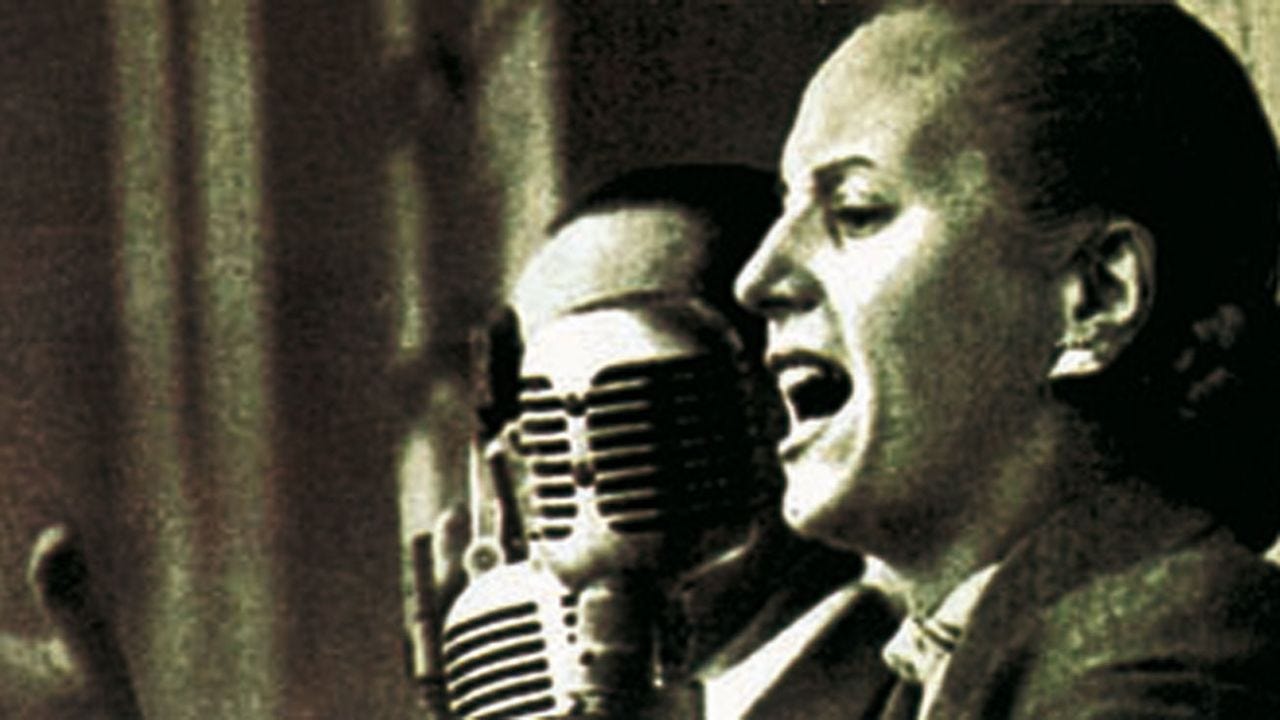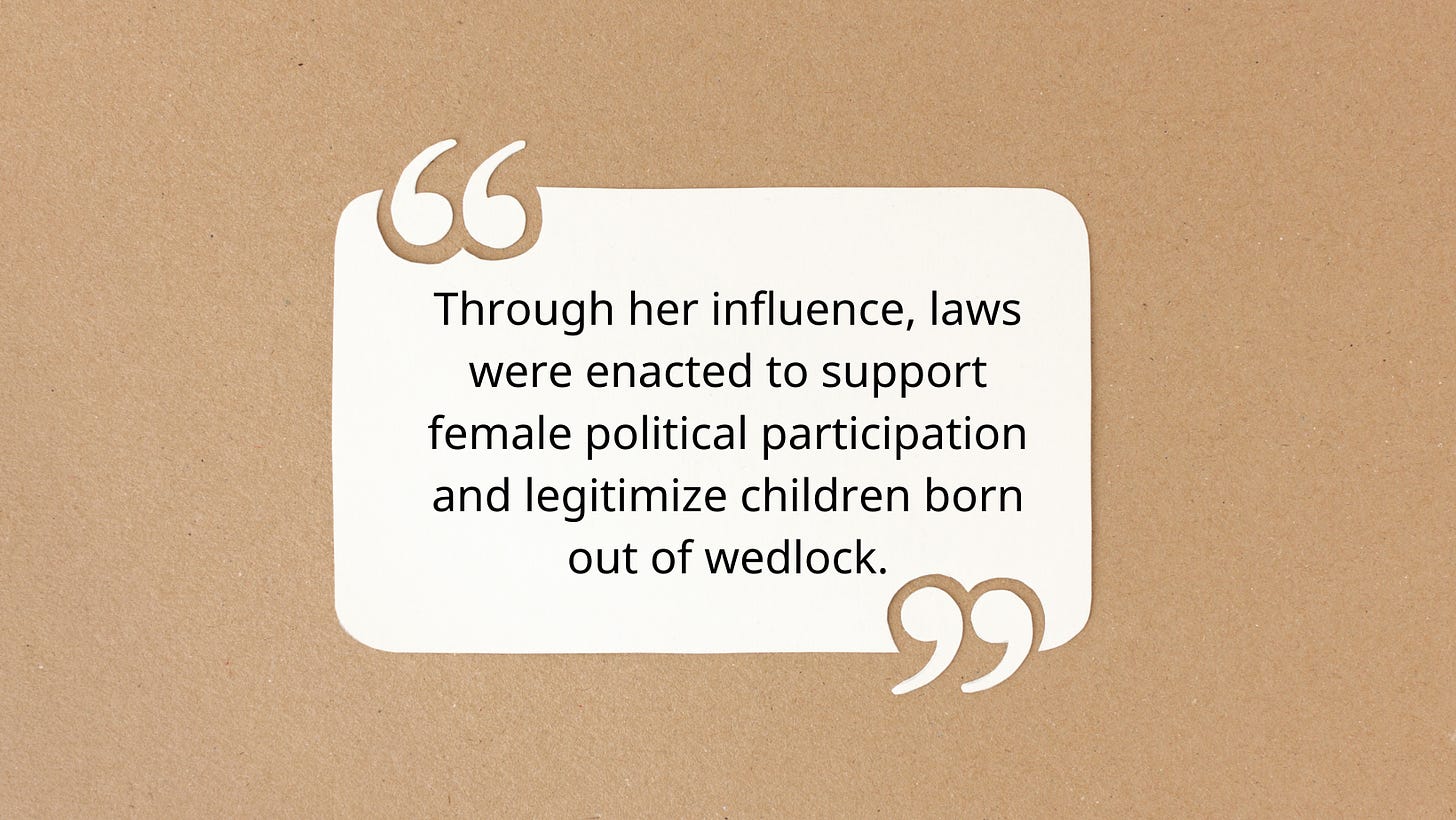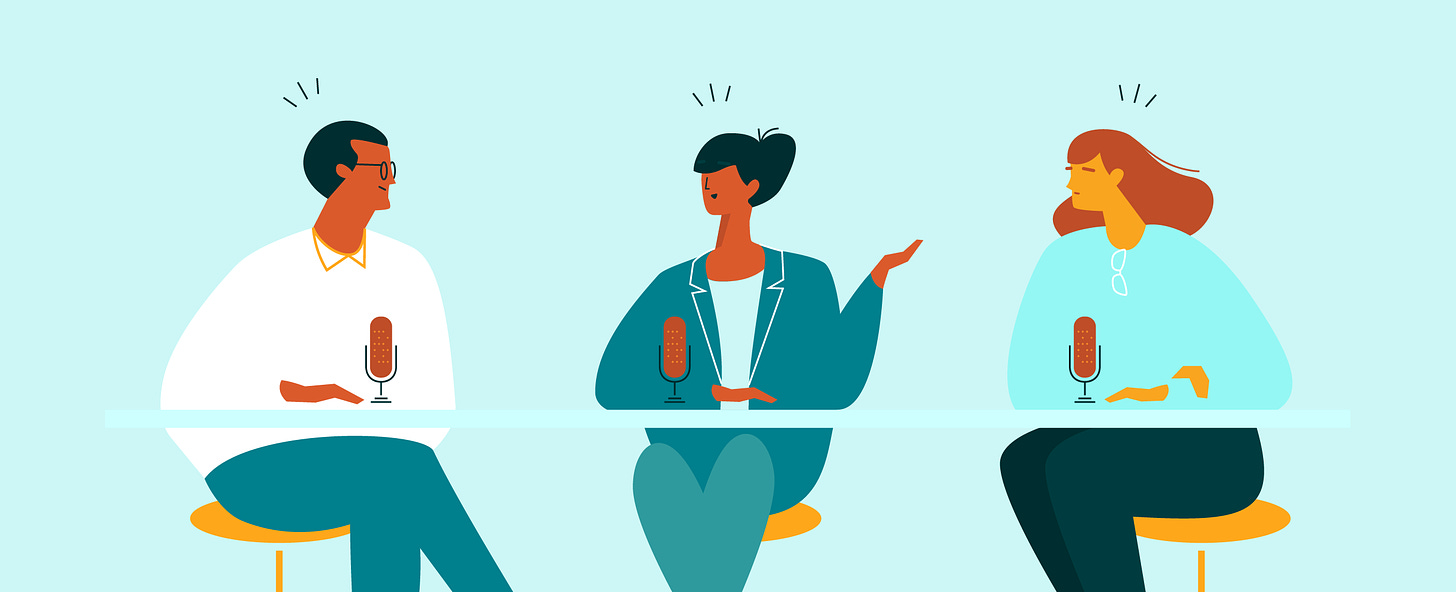🦸♀️ Evita Peron's Final Speech
Forty-five years after Susan B. Anthony’s death, one women’s fight against the patriarchal establishment for her legitimacy was reaching its peak. History Hans explores the impact of that influential Argentinian along with one of the greatest speeches of her time.
This week in STU:
The Virgin of the Descamisados
Panel Responses: Using Music to improve student’s listening skills
The Virgin of the Descamisados
By Hans Janke
Utilizing great speeches can lead to effective and engaging lessons for the language teacher. From Pericles in Ancient Athens to Martin Luther King in Washington DC, powerful orators still inspire and have changed the course of history. However, a casual perusal of a google search for great speeches in history rarely if ever highlights the voices of women leaders and even less so of female Latin Americans. Yet, one of the most potent examples of speech originated from an “illegitimately” born radio actress during machismo 1940s-50s Argentina. Perhaps the most revered of all on the Argentine pantheon (Carlos Gardel, Che, Maradona, Messi) is a woman of the most humble origins who inspired such love (and loathing) that there was and still is a movement to saint her. I am, of course, referring to Evita or Maria Eva Duarte de Peron.
Fate and a charity event
Evita’s story is fascinating. As one of six illegitimate (Argentina laws did not recognize children born out of wedlock) she survived a childhood of poverty and alienation in the provincial backlands of Argentina. At the age of 15 she pursued her dream of becoming an actress and moved to the big city of Buenos Aires in 1934 where she worked in theatre, a few films and eventually found her niche and relative success as a radio actress. After a decade in the capital, fate and a charity event for earthquake victims presented her to a 48 year old Labor Secretary and military colonel, Juan Peron. They were soon married; she was just 24.
A female vice president?
Like most Latin American nations, extreme inequality in both social class and gender was a reality in Argentina. Evita at first kept an inconspicuous and traditional role as wife of an aspiring politician, but she could not stay quiet, and Juan Peron detected that her wife’s natural appeal to the working poor and marginalized could expand his political base. When she spoke, the underclass understood correctly that she was one of them. Juan Peron became president in 1946, and within a year, Evita had garnered so much support that millions signed petitions for her to become vice president, though that was too much for the patriarchal establishment and the elite. The following years, before her unfortunate death from cancer in 1952, saw her become a prominent force in Argentine politics and society. Evita’s state supported charity became a massive organization that built countless hospitals and schools. She mesmerized state leaders on her Grand Tour of Europe. Her charisma was authentic and her energy seemingly limitless (she worked 20 hours a day at times).Through her influence, laws were enacted to support female political participation and legitimize children born out of wedlock. Although she dressed in the latest Paris fashions, she never forgot where she came from and the people (not the elite) loved her. And her love for the people was genuine (she even kissed lepers and syphilitics!!!).
Speech to the Descamisados
Evita’s speeches were never full of flowery language or clever metaphors, but take a listen to them and you can see why over a million people showed up to a 1951 speech she gave while secretly suffering from cancer: “Speech to the Descamisados”, which most historians believe constitutes the largest gathering for a female orator in all of history! Her voice bellows with soulful empathy; her raspy passion sings of pride, humanity, hope and justice. She died the next year. The outpouring of grief was otherworldly with over 3 million mourning through the streets of B.A.. It is very difficult to do justice while attempting to highlight her impact in Argentina and Latin America in such limited space, and of course there is much written about her and plenty of documentaries, a musical, and films, but Evita is still part of the collective consciousness of Argentina, a Virgin like Guadelupe, a Virgin of the Descamisados.
Panel Discussion
The Question
Can music be used to improve student's listening skills in their target language? How do you implement with your students?
Profe Mar, Bogotá Colombia
Music, as a universal language we can all enjoy and interact with, is, luckily for us, available to everyone nowadays, it also does include portability, which means we are able to listen to our favorite songs wherever we are. Besides, it’s been considered a powerful source of inspiration and motivation among language learners to get their learning journey started. Music helps making language learning fun, through the right tools and habits, which Spanish teachers and tutors as facilitators should, respectively, provide and guide students to create, in order to make the most out of this kind of resource.
Since Music is something we can only listen to, it demands a good piece of disposition and concentration from our end, especially when we want to use it in class, for the sake of Listening Skills developing. It could possibly help foster interaction among students because of the relaxed atmosphere it generates, in the first place. They also often feel real progress when they can begin to sing along to the chorus, or even just to be able to separate what at first seemed to be a constant stream of words, only by ear! Listening to Music in Spanish that students genuinely like everyday, will soon allow them to be amazed at how much they can learn with relative ease, to a point where they won't even realise that they are actually learning a new language, because of how fun it is.
Horn (2007) suggests that music should be used to encourage learners to listen in a mentally active and analytical way, adding that “in learning the language of music, just as in learning any language, learners need to listen to the language and its sound patterns before they are able to use it” (p.13), which ease is supported by a much more scientific reason: There are studies that ensure that listening to songs activates same area of the brain that is used to learn a language. Hence, given the fact that language itself, as Israel (2013) states: “seems thus to have an underlying rhythmic principle, integrating and harmonising listening, music, stress patterns, pitch, beat and timing” (p.1364), we as Spanish teachers and tutors should be aware of these tremendous similarities between Music and languages, in order to develop Listening Skills through this powerful tool to learn languages Music is.
--
Darvin, Cancún México
Music is a good option to integrate into our classes to develop different skills like listening, since almost everyone likes music and fortunately music in Spanish is very popular in different parts of the world and offers a wide variety of rhythms for all tastes. As a teacher and student, I have confirmed that music helps sharpen our ears.
I use them in the most popular way: I introduce a new song to the class, print the lyrics and ask my student to fill in the blanks while listening to the song. The student may want to listen multiple times depending on the level of difficulty.
Of course, I always make sure to use songs where the singer pronounces the words correctly. Sometimes singers take artistic liberties and sacrifice intonation or pronunciation to accommodate the lyrics to the times of the music. Be careful, a student complained to me because I pronounce "Mi mamá" when in a song "my mama" (last <a> not stressed) is heard. Those songs could be confusing and frustrating. If we decide to use them, it would be helpful to clarify these details first.
How do you use music with your students?
Answer next week’s question anonymously: Can music be used to improve student's reading skills in their target language?





